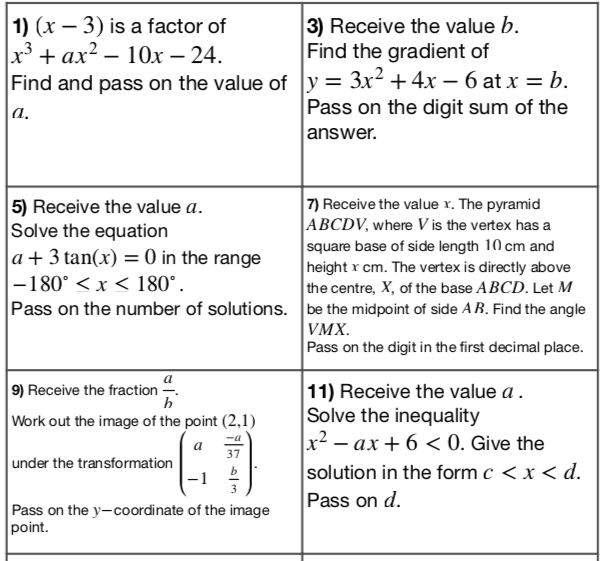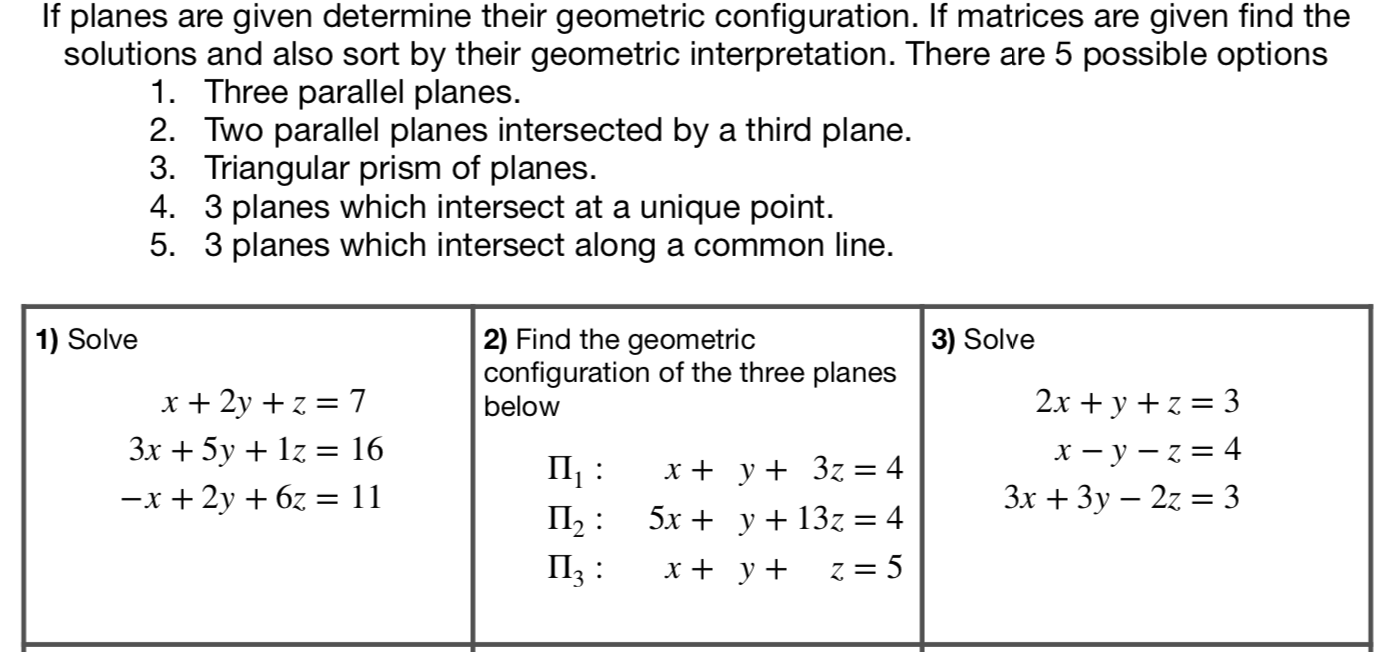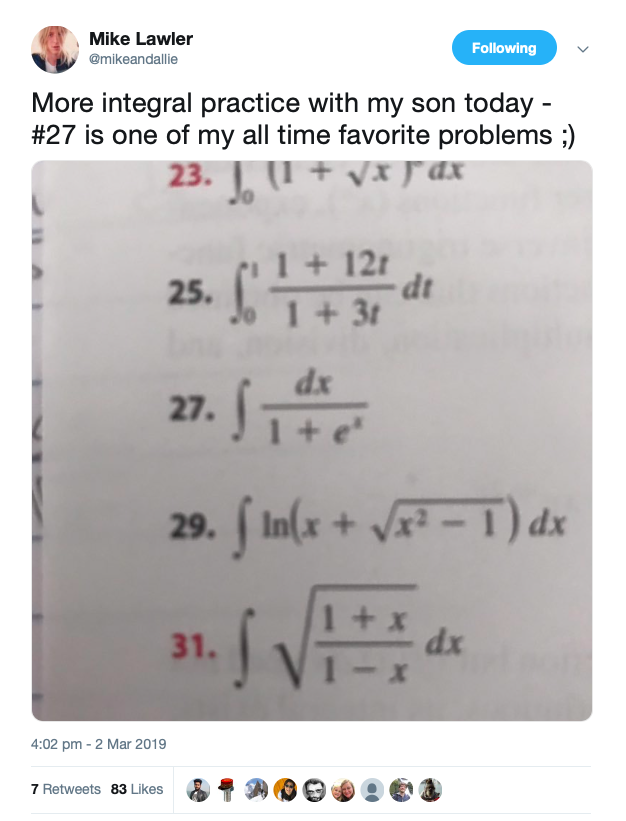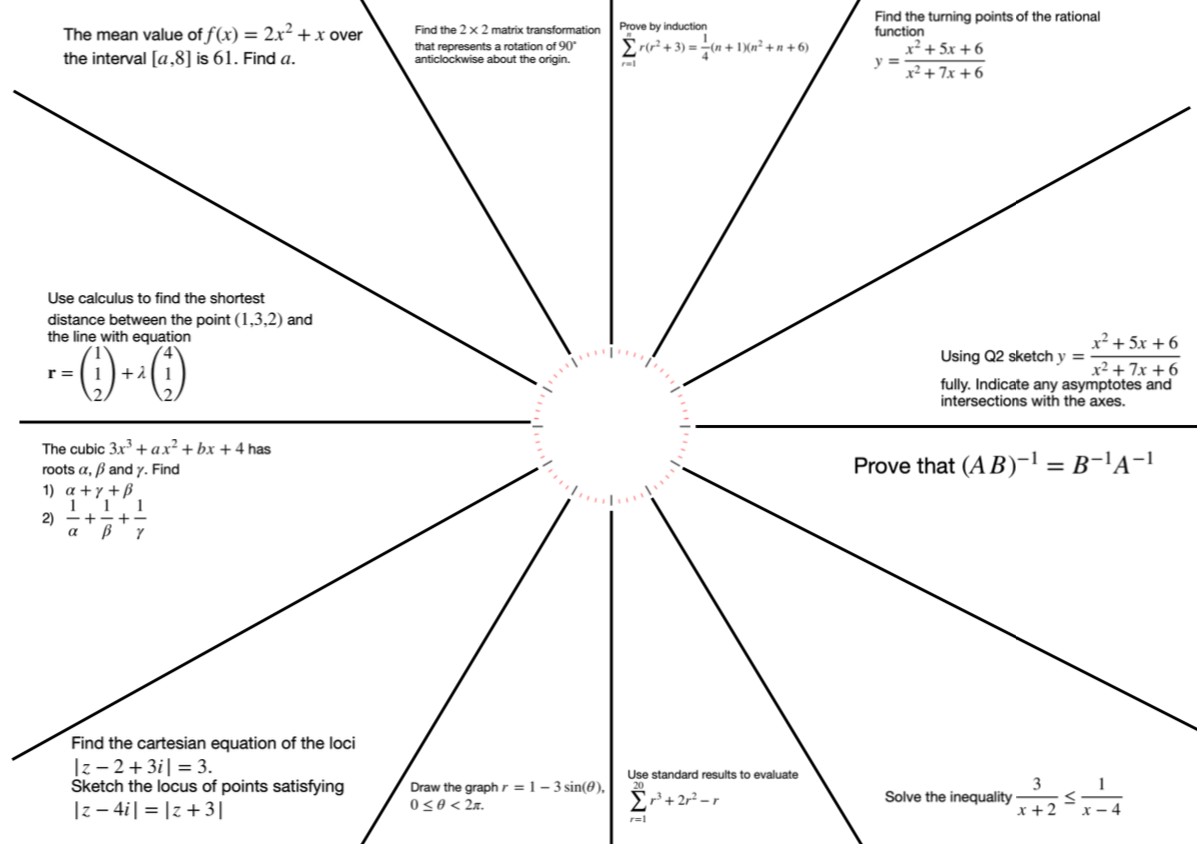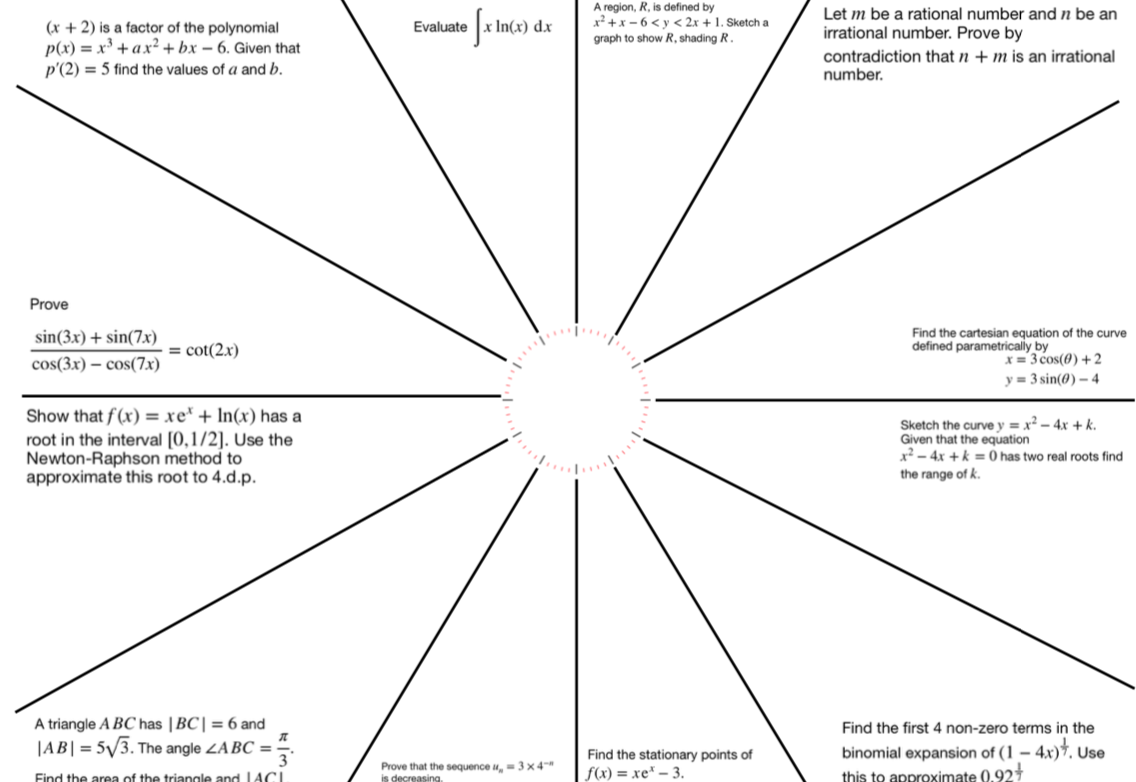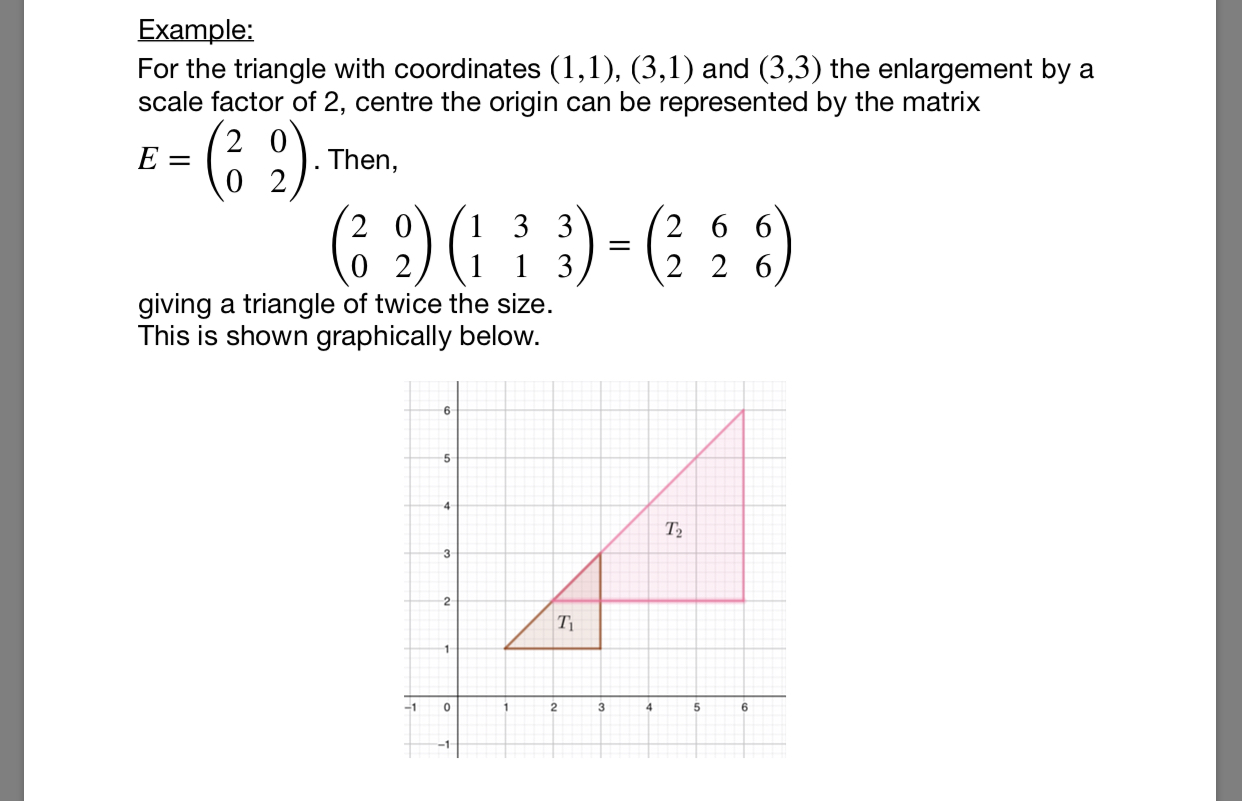I’ve recently been listening to the latest episode of Craig Barton’s (@mrbartonmaths) always excellent podcast series. In it he discusses various things with Michael Pershan (@mpershan) but something that caught my ear in the first 15 minutes or so was a short discussion of “two column proofs”.
We don’t seem to have this formalism (actually “structure” is probably a better word here) much in the UK.
This post is to share a resource that I thought I had shared a couple of years ago (apologies if I did and I just can’t find my own post anymore….)
When I started teaching the new specification Mathematics A-Level; with its increased emphasis on proof, I decided to formalise some of the GCSE style number proofs and use these as an introduction to the topic at A-Level. To do this I used what I called “know-why” tables which seem very like this “two column” method Michael describes, so I suspect I originally saw the idea in an American textbook at some point.
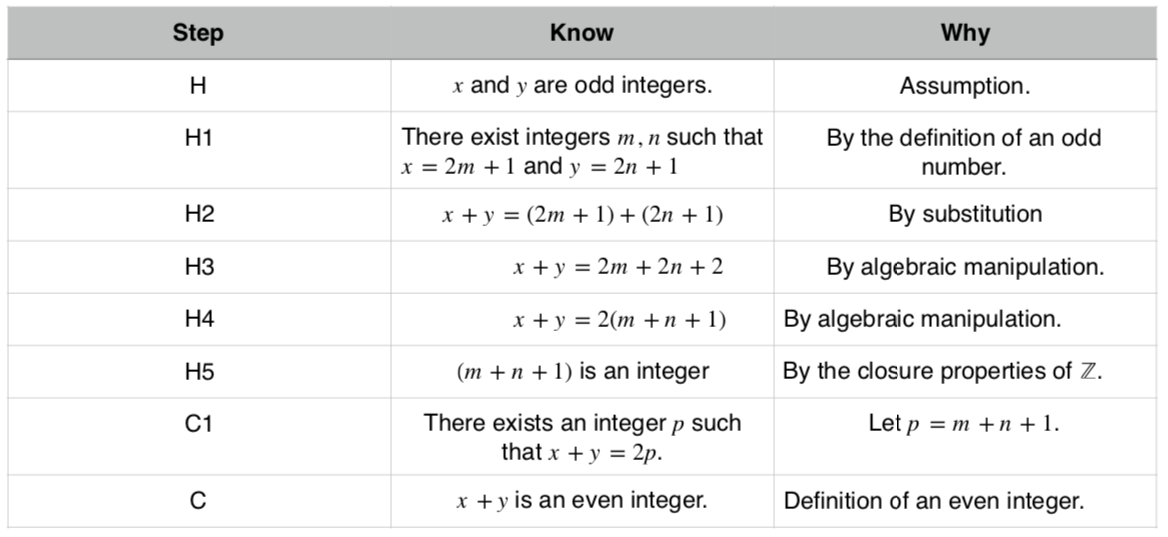
If you want to take a look at the whole worksheet – which includes definitions, examples and exercises – download it here.
I’d love to know what you think…

